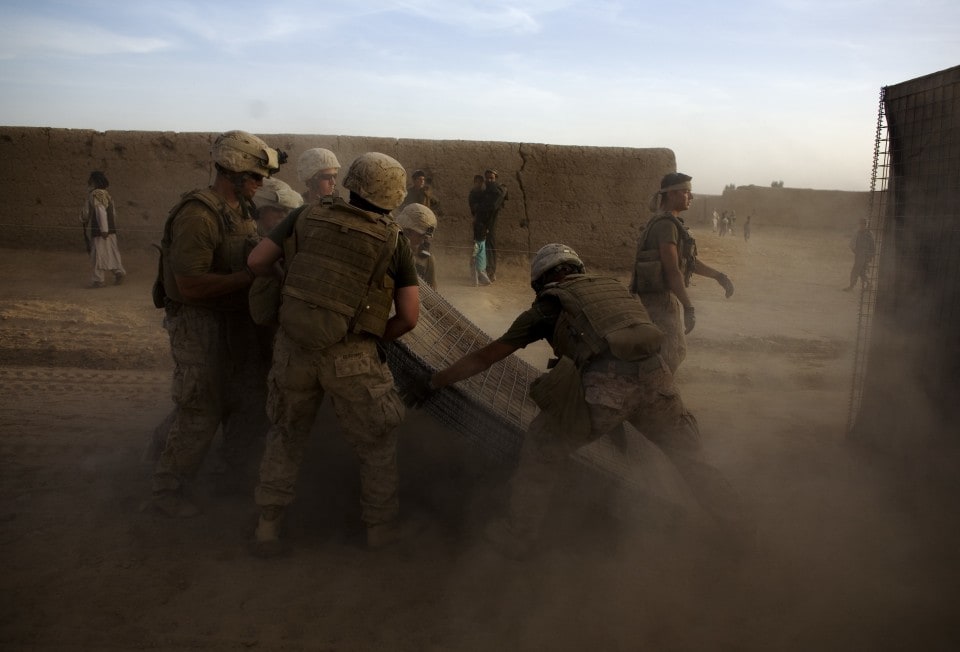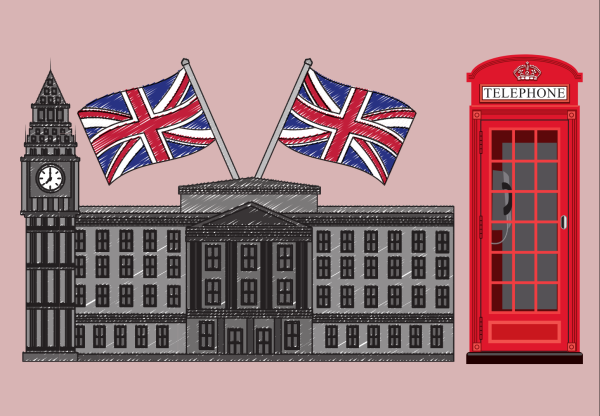The War in Afghanistan
August 25, 2017
President Trump has decided to extend the war in Afghanistan. As a result, thousands more US troops may be sent to the war-torn country. However, Trump’s speech regarding the subject gave no details as to what the soldiers will do when they are deployed. Trump’s choice to not reveal his plans was in keeping with his frequent assertion on the campaign trail about the need to battle plans secret, which was intended as a rebuke of Obama’s 2009 announcement in which he provided a timetable for withdrawal from Afghanistan.
The top U.S. commander in Afghanistan, Army Gen. John Nicholson and his boss, Gen. Joseph Votel, head of U.S. Central Command, confirmed earlier this year that they needed “a few thousand” more troops to help support the Afghan military. Eventually, the Pentagon settled on 3,900 soldiers, and was repeated up until Trump’s announcement. It is still unknown how many U.S. troops are currently in Afghanistan. Officially, there is roughly around 8,500, but with Special Operations forces and other units constantly rotating in and out of the country, there are around 10,000 to 11,000. Additionally, there are also around 5,000 troops from other NATO and coalition countries. The extra troops are meant to give U.S. forces the resources to advise below the higher echelons of Afghan Army corps.
However, during Monday night’s speech, Trump singled out India and said that the Asian nation should provide more help when it comes to Afghanistan, even though the country has already provided two billion dollars of aid to Afghanistan, and pledged another billion last September. Of all the regional countries, India is the most generous donor by far. Additionally, despite having the world’s second-largest military, India cannot take over for the US in Afghanistan.
Since India has become independent, it has had modest experience operating expeditionary forces in hostile environments, mostly from U.N. peacekeeping organizations, but also a failed attempt to intervene in Sri Lanka in the late 1980s, which some described as India’s Vietnam experience. The Indian military, despite its ongoing modernization, would still find it hard to support major operations at considerable distance.
As a result, Trump’s invitation of more Indian involvement is likely to put more pressure on Pakistan. His attempt seems more likely to escalate Pakistan’s own involvement than to compel an end to Pakistani interventionism.
According to Cher Wang, a student at ERHS, the end result will be “making more people die.” She also says that it is “a situation that may never end due to Trump’s decision.” Additionally, she feels that India “has already done enough” by providing three billion dollars of aid.
Her statement may have some merit. True, there will be more fighting, and with the tension in the Middle East, it may get even worse. In the end, all that can be done is to be patient and hope for the best.













FatimahJ • Aug 28, 2017 at 11:33 am
very informative